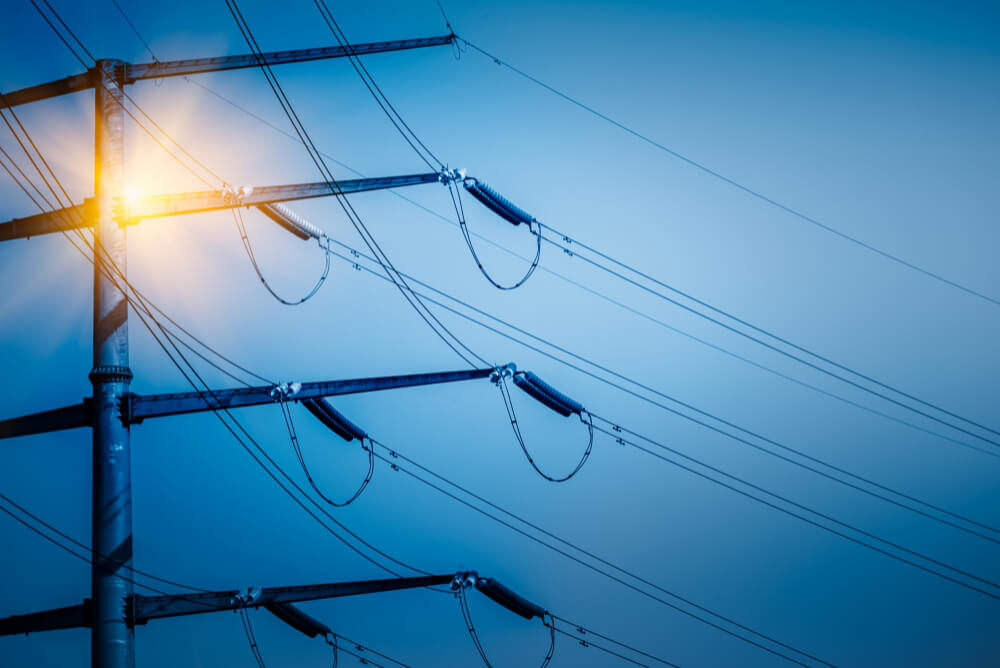Sustainability is a real goal for many companies, who want to be good stewards of the planet. Other companies want to achieve specific rankings to attract more customers and investment. Whatever the reason, companies are now looking to the cloud to reduce costs and provide good ESG (environmental, social, governance) scores.
Many are selling decision makers on cloud computing as a technology that can help companies achieve their sustainability goals because cloud computing is green. Don't take this statement at face value; many of the assumptions about sustainability and cloud computing are false. Let's dispel some of these green myths and look at the reality of cloud computing as a technology that can drive sustainability.
Myth #1
Cloud computing is inherently green. While cloud computing can reduce energy use and carbon emissions, it is not automatically green. Cloud computing still requires energy to power data centers and maintain infrastructure, and not all cloud providers use renewable energy or implement energy-efficient practices.

You have to look through the word cloud to measure the sustainability of a system. For example, if you audit a particular cloud implementation, you may find that on-premise systems are more carbon neutral than many public cloud implementations, depending on how those systems are powered. Some cloud deployments use coal-fired power, and some traditional systems within enterprise data centers use renewable energy.
Myth #2
Sustainability is based on the power consumed by the provider's platform and infrastructure. This myth gets developers, system designers, cloud architects, and even infrastructure engineers off the hook for reducing emissions, which is a problem.
The efficiency of the applications and systems running on the cloud platform determines the power consumption. Suppose you have two applications, one designed for energy efficiency and the other not. The application designed for energy efficiency may consume a quarter of the power of the application not tested for energy efficiency.
What's the good news? Many devops processes and tool chains now include energy efficiency checks (often aligned with cost efficiency checks) as part of the enterprise finops program.

Myth #3
It is the job of the cloud provider to provide carbon neutral platforms and infrastructure. Very similar to security, sustainability is a shared responsibility model. Cloud providers certainly play a role because you have no control over how they consume or manage power. You have to trust their decisions. However, it is the job of the enterprise to validate and verify the sustainability of each cloud provider they use, as well as do their own work to ensure their systems are close to 100% in terms of energy utilization.
Surprisingly, cloud professionals often put the onus of sustainability on the cloud provider. That's just not how things work. Let's say you choose a cloud provider that excels in utilizing renewable energy. Your organization's inefficient use of cloud resources and over-provisioning of those resources can easily offset any sustainability gains.
Over time, we will get better. However, the most dangerous challenges to cloud and sustainability are common misconceptions that have become accepted facts.
